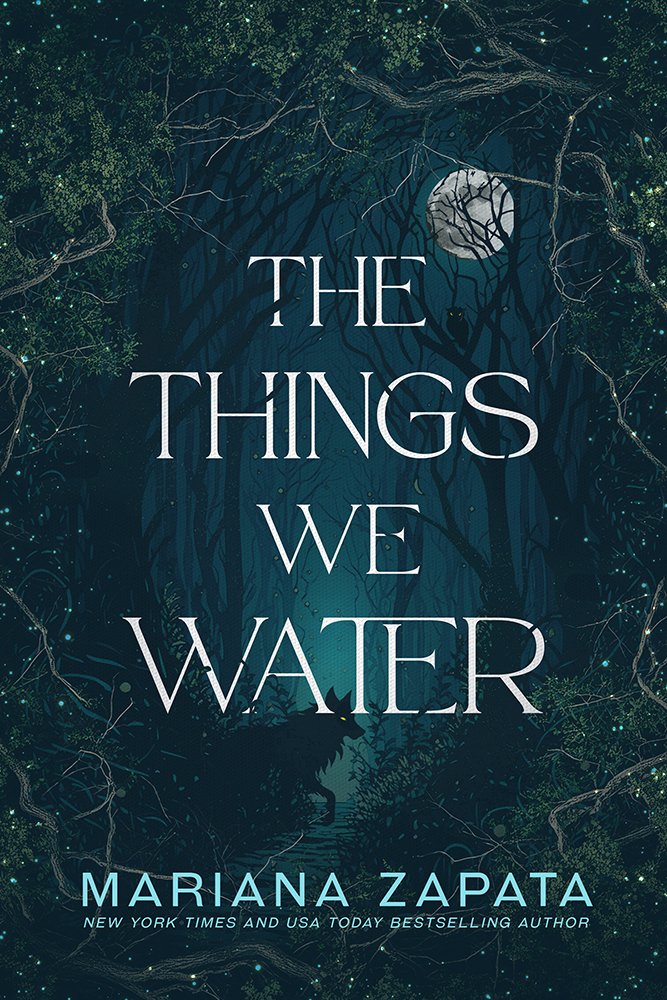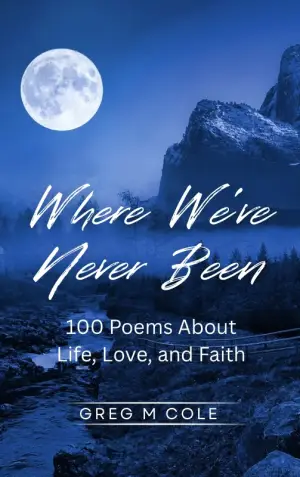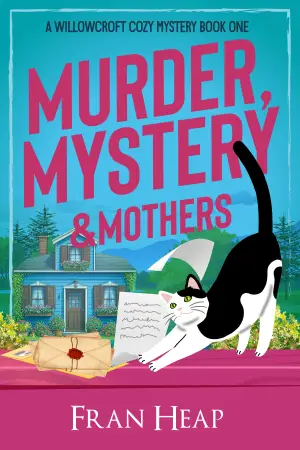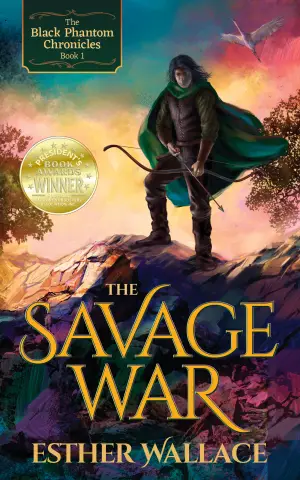Book Review: The Things We Water by Mariana Zapata
When I heard that Mariana Zapata was returning with a new book after a near three-year hiatus, I was absolutely electrified. The allure of her name alone had me buzzing with anticipation. Known for her emotionally rich slow-burn romances like Kulti and Wait For It, I was eager to dive into whatever masterpiece she’d been conjuring during her time away. But when I discovered that The Things We Water was a fantastical departure from her romance roots, I felt both intrigued and apprehensive. Could this shift be as groundbreaking as I hoped, or would it lead to disappointment?
From the outset, The Things We Water presents an enticing premise: Nina, a thirty-year-old woman, finds a magical puppy that opens the door to a secret ranch in Colorado inhabited by magical beings, danger, and, of course, a brooding love interest named Henri Blackrock. It had all the makings of a whimsical escape—soft magic, a cozy setting, and a burgeoning romance to warm the heart. However, harshly, I found the experience utterly chaotic and far from the emotional grounding I have come to expect from Zapata.
The writing style felt uneven, with drastic tone shifts that left me disoriented. What should have been a cozy fantasy quickly devolved into a muddled mess, with thin world-building and overly quirky characters who failed to resonate. Instead of a rich ensemble cast, I found myself overwhelmed by a barrage of side characters—each with quirky names and exaggerated traits. The mix felt less like a memorable fantasy and more like a middle school brainstorming session gone awry.
And then there’s Nina, our protagonist. At thirty years old, she comes across as surprisingly immature, spending far too much time cooing over her magical pup with painfully cringeworthy nicknames like “Dunky-Dunk” and “my little donut.” In reading about her over-the-top enthusiasm, I found myself rolling my eyes rather than rooting for her. After all, in a Zapata novel, when the main character falters, everything else tends to collapse alongside her.
The romance—usually the beating heart of any Zapata story—fell flat. Instead of the slow burn that builds tension and longing, we were served a fast track of possessive jealousy and an instant attraction. As I read, I felt frustrated, hoping for the slow unfolding of intimacy Zapata is famous for, but it never arrived. By the halfway point, it became a chore rather than a joy to continue reading.
Despite the disappointment, I understand that The Things We Water may resonate with those who appreciate quirky characters and lighter, whimsical fantasy. Perhaps this is a gentle nudge for authors to explore new genres, but not every leap lands gracefully.
In conclusion, while I had high hopes for Zapata’s venture into fantasy, I had to sadly set this one aside at the 50% mark. I believe some readers might find joy in its charm, but for fans of her previous works, this may not fulfill the same emotional depths we’ve grown to love. If you’re someone who appreciates lighthearted stories filled with quirky characters, The Things We Water might still be worth your while. As for me, I’ll be waiting with bated breath for her next return to the realm of slow-burn romance!











